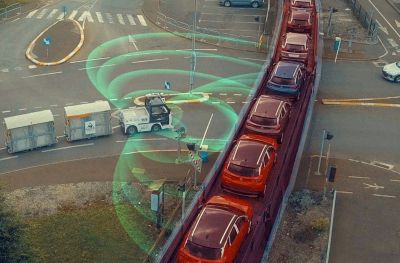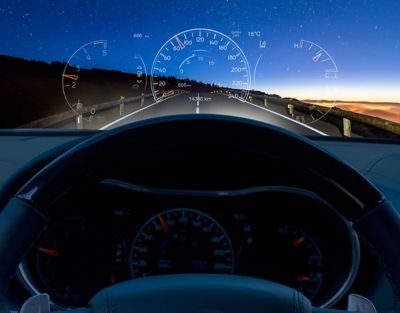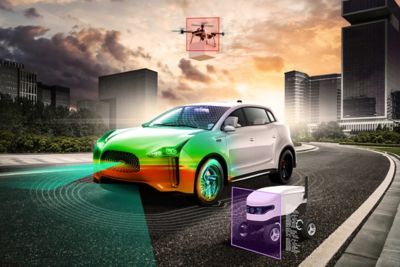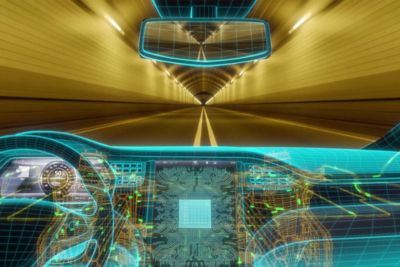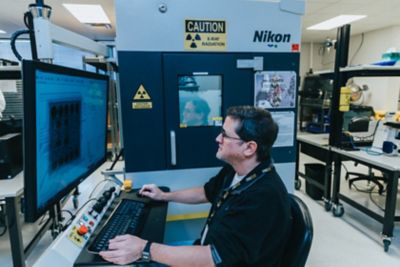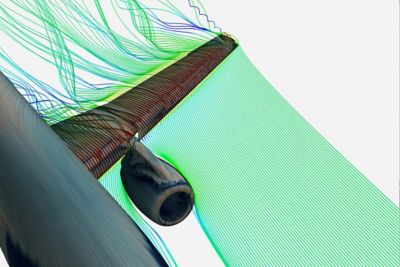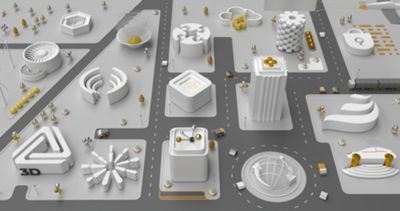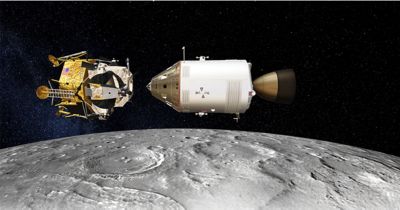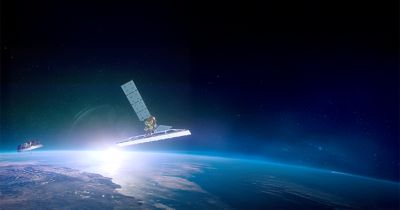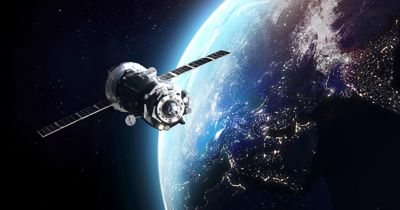-
United States -
United Kingdom -
India -
France -
Deutschland -
Italia -
日本 -
대한민국 -
中国 -
台灣
-
Ansys stellt Studierenden auf dem Weg zum Erfolg die Simulationssoftware kostenlos zur Verfügung.
-
Ansys stellt Studierenden auf dem Weg zum Erfolg die Simulationssoftware kostenlos zur Verfügung.
-
Ansys stellt Studierenden auf dem Weg zum Erfolg die Simulationssoftware kostenlos zur Verfügung.
-
Kontakt -
Karriere -
Studierende und Akademiker*innen -
Für die Vereinigten Staaten und Kanada
+1 844,462 6797

When operating a spacecraft, accurately knowing the mass of both your spacecraft and everything affecting its trajectory is essential for precise mission planning. While your spacecraft’s mass can be measured before launch, measuring after launch isn’t as straightforward. There may also be cases when it is of interest to know the mass of a spacecraft that is not yours, in which there is no known launch mass. Starting with Ansys Orbit Determination Tool Kit (ODTK) orbital measurement processing software version 7.10, you will have the ability to estimate satellite mass using tracking measurements of a satellite that is already in orbit.
For the case of a body’s gravity affecting spacecraft trajectory, the mass — both magnitude and distribution — of Earth and our Moon are known, and we have a reasonably good estimate for some of the other major bodies in our solar system. This, however, is not true for most objects that are farther away, as well as for asteroids that happened to tumble through our solar system. Again, ODTK software is able to compute corrections to any planet, moon, or asteroid mass estimates and therefore increase mission planning accuracy.
Estimating the Mass of Satellites
While you should keep track of how much mass is lost by your spacecraft, such as during maneuvers as fuel is burned or objects are ejected, this record will contain uncertainties that grow over time. Your thrusters may:
- Burn fuel at a slightly different rate than designed.
- Be slightly more or less efficient than expected.
- Execute maneuvers for a different duration than planned.
Correcting these accumulated errors can help you predict the orbit to a higher degree and give you a more accurate estimate of how much fuel is available for the rest of your mission.
Because you cannot stop at the nearest planet and hop onto a scale, you need a method of estimating a satellite’s mass during the execution of its mission. This is now possible starting with the ODTK 7.10 release.
Estimating mass can be challenging because mass itself is often not observable directly — that is, it’s not the only unknown parameter. Take acceleration due to atmospheric drag, for example. We can directly estimate mass only if we have accurate knowledge of atmospheric density, the drag coefficient, and the drag area. Especially at the beginning of a mission, before the individual components have been calibrated properly, knowledge of the drag details may be limited. The same principle applies to acceleration due to solar radiation pressure (SRP).
Mass can also be estimated during maneuvers if the other parameters are fairly well known. With the acceleration-based form of the rocket equation, we can estimate acceleration during the maneuver using tracking data. We will also likely have information about the exhaust velocity and mass flow rate through the engine from previous engine calibrations. With this information, we can now estimate the mass of the spacecraft. And just like the drag and SRP case, the acceleration due to thrusting is a vector with a direction that is known to some accuracy.
Depending on the accuracy of the parameters described above, you may want to estimate the mass of your satellite either at all times or only during maneuvers. ODTK software now gives you those options to choose from.
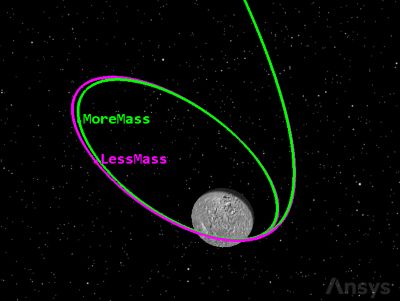
The connection between mass flow rate and estimated maneuver performance provides an improved capability for estimating fuel use and therefore enables an improved estimate of remaining fuel mass.
Estimate the Mass of Planets, Moons, and Asteroids
ODTK software has been supporting mass estimation and the resulting gravitational attraction for a few versions now. Missions like OSIRIS-REx that travel to these objects often start out with inaccurate gravity models of their destinations, as the mass of an asteroid may not be well known. An accurate estimate of the target body’s mass is necessary, though, to accurately predict a spacecraft’s trajectory.
The method used to determine the gravitational force between a spacecraft and a target body often treats the gravitational constant and the object’s mass as one value (G*M, or GM). Again, the force is a vector with known direction — toward the center of mass of the target body. So differences in acceleration toward the target body between what was observed by measurements and what was predicted during propagation of the spacecraft can be used to estimate a correction to the body’s GM value.
For a list of all the new features in ODTK software version 7.10, check the release notes.
The Advantage Blog
The Ansys Advantage blog, featuring contributions from Ansys and other technology experts, keeps you updated on how Ansys simulation is powering innovation that drives human advancement.
